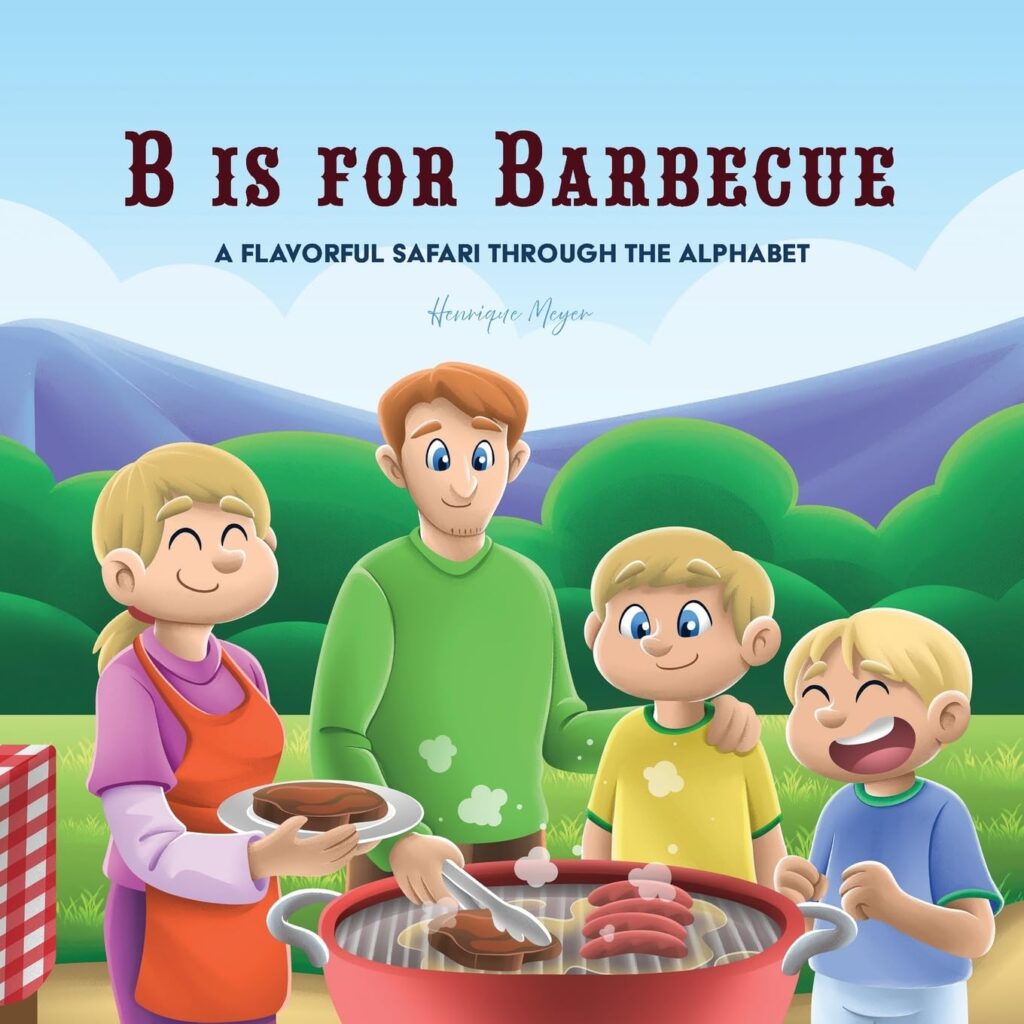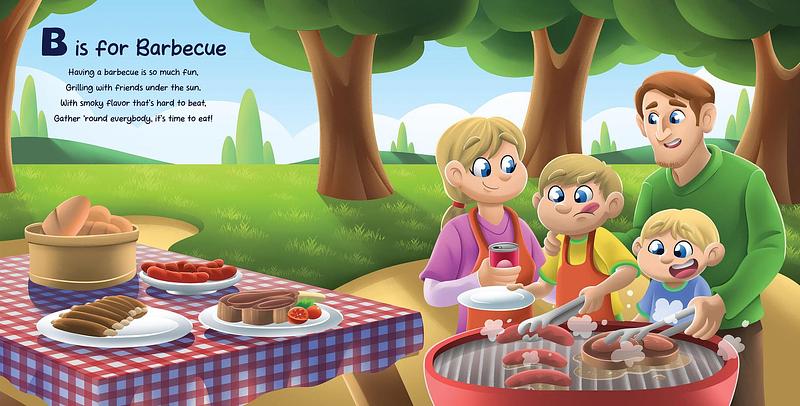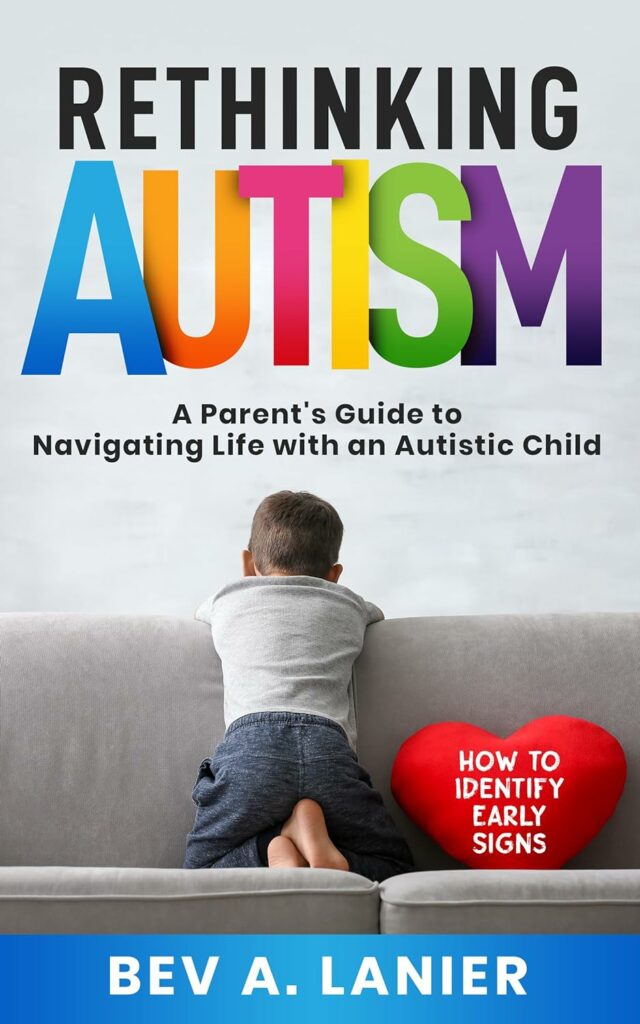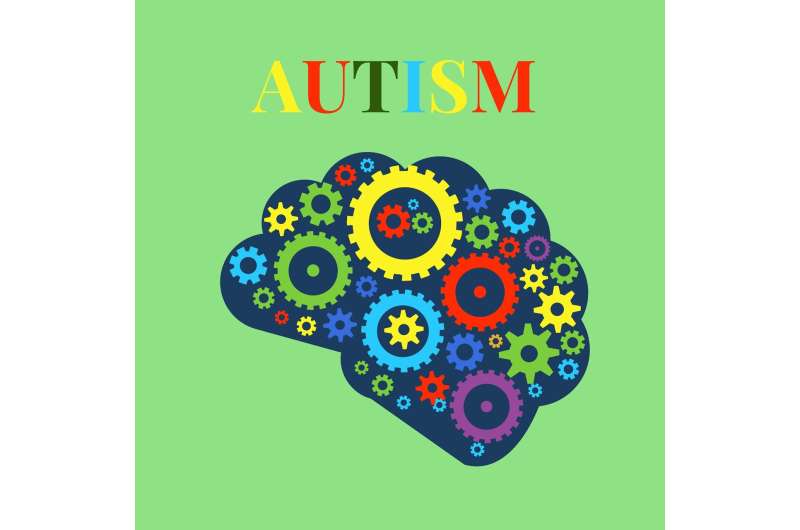
Embark on a sizzling alphabetical safari with B is for Barbecue! This delightful children’s book serves up a hearty helping of fun, combining the joy of learning letters with the excitement of barbecue and meats. Each letter of the alphabet is celebrated with a whimsical poem that introduces young readers to barbecue-related terms-from A for Angus to Z for Zebra. The vibrant two-page spread illustrations burst with color and flavor, capturing the imagination and taste buds alike.
Perfect for little foodies and aspiring grill masters, this book not only teaches the ABCs but also kindles a love for cooking and outdoor gatherings. The rhythmic poems and captivating artwork make each page turn a new experience, keeping children engaged and eager to learn. Whether read aloud at family cookouts or enjoyed during cozy bedtime routines, B is for Barbecue is sure to become a cherished favorite that brings smiles and appetites together.

I received a complimentary copy of this book from Reedsy Discovery. I voluntarily chose to read and post an honest review.
Barbecue is a popular cuisine that involves cooking food over a live fire or smoke, typically outdoors. Barbecue, also known as BBQ and barbeque, can refer to the cooking method or a gathering of people where BBQ foods are the main course. B is for Barbecue: A Flavorful Safari Through the Alphabet mainly focuses on meats you’d prepare using a grill or smoke, but it doesn’t limit itself to just those. The writer shares vegetables, like zucchini, can also be prepared on a grill. But for many of us, when we think of barbecuing, common foods spring to mind: steaks, burgers, ribs, and hot dogs.
B is for Barbecue: A Flavorful Safari Through the Alphabet uses poetry to introduce readers to barbecue-related terms, beginning with A for Angus and ending with Z for Zucchini and Zebra. As I peered at the vibrant and charming cover, I asked myself what barbecue-themed foods or meats begin with N, U, X, and Y. Now I know! Thanks to the creative prose, I have a better understanding of two Japanese grilled foods, too.
B is for Barbecue: A Flavorful Safari Through the Alphabet is more than a book that teaches kids their ABCs. It’s a celebration of food, family, friends, and memories shared over a meal. The rhyming lines are cute as can be, but sometimes the flow is interrupted with a word kids might pronounce incorrectly or baffled at its meaning. Take “confit,” for instance. Kids might pronounce kän fit instead of känˈfē. Kids and adults might not know that confit is a French cooking technique that involves slowly cooking food in fat at a low temperature to preserve it.
Amazon has the book listed for kids up to age 8, making it a versatile learning tool for a wide range of children. The bold, beautiful, colorful pages will delight babies and toddlers. Preschoolers and kindergarteners will also love the illustrations and creative ways of learning their letters. Kids between ages 6 and 8 can use this book to strengthen their reading skills. It’s a great mixture of easy and complex words, ensuring that it’s engaging and beneficial for all.
B is for Barbecue: A Flavorful Safari Through the Alphabet is perfect for any household that loves to cook or eat BBQ foods. The short poems and adorable artwork will enlighten and entertain kids and adults. Everyone will walk away learning at least one new fact centering on a specific meat or BBQ item. For me, it was yakitori. Read the book to gain insight into Japanese food.
Make reading this story a part of your next BBQ event!
Heart Rating System:
1 (lowest) and 5 (highest)
Score:
Meet the Author

![]()




